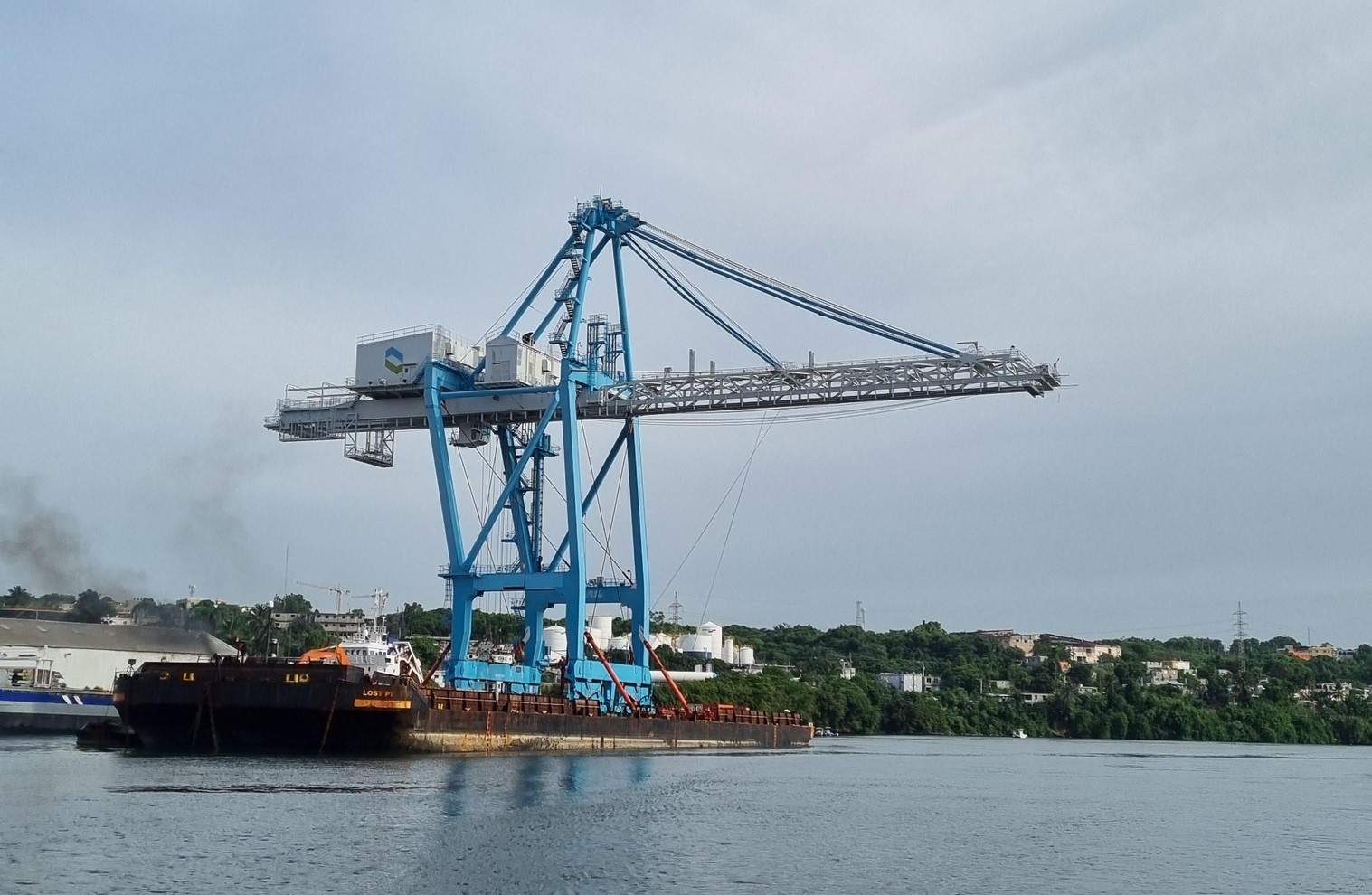The Port of Virginia has been growing to accommodate supersized ships, making its berths 800 feet larger, adding 26 new rail-mounted gantry cranes, and installing four 170-foot-tall ship-to-shore cranes—the East Coast’s largest.
With this $320 million expansion now complete, what’s the Port to do with its older, no-longer-needed cranes? The massive structures’ lift height is 120’ above the rail and the outreach is 201’, according to the auction listing. They couldn’t exactly call 1-800-Got-Junk, and the cost to remove the cranes would reach six figures.
Instead, the Virginia Port Authority put up for auction three Post Panamax ship-to-shore cranes. The cranes, which had been used since 1999 but were still fully operable and in good condition, were listed along with their replacement parts on GovDeals, an online marketplace for government agencies to sell surplus assets.
This uniqueness of the items for sale made it seem like it might be tough to find a buyer: the new owner needed to be prepared to disassemble and remove the cranes in a specific manner, GovDeals says. To move the cranes to another port would take a lot of logistical coordination between the Virginia Port Authority and the buyer.
Even so, there was no lack of interest. According to GovDeals, the cranes received a combined 4,925 views, with each selling for $50,000. The replacement parts also sold for $50,000 after getting nearly 1,000 views.
Who was the lucky auction winner? Haina International Terminals (HIT), a port company operating the Río Haina Port in the Dominican Republic, bought all three ZMPC cranes and the replacement parts. For the Dominican port, the cranes are an upgrade from current equipment, which will help them receive larger container ships more efficiently. It’s a win-win for the two ports: the Río Haina Port got the equipment at a deep discount and the Port of Virginia saved thousands of dollars in removal costs.
Virginia worked closely with HIT to make a plan for removing and transporting the cranes from Portsmouth to Santo Domingo.
-Meg Walburn Viviano




